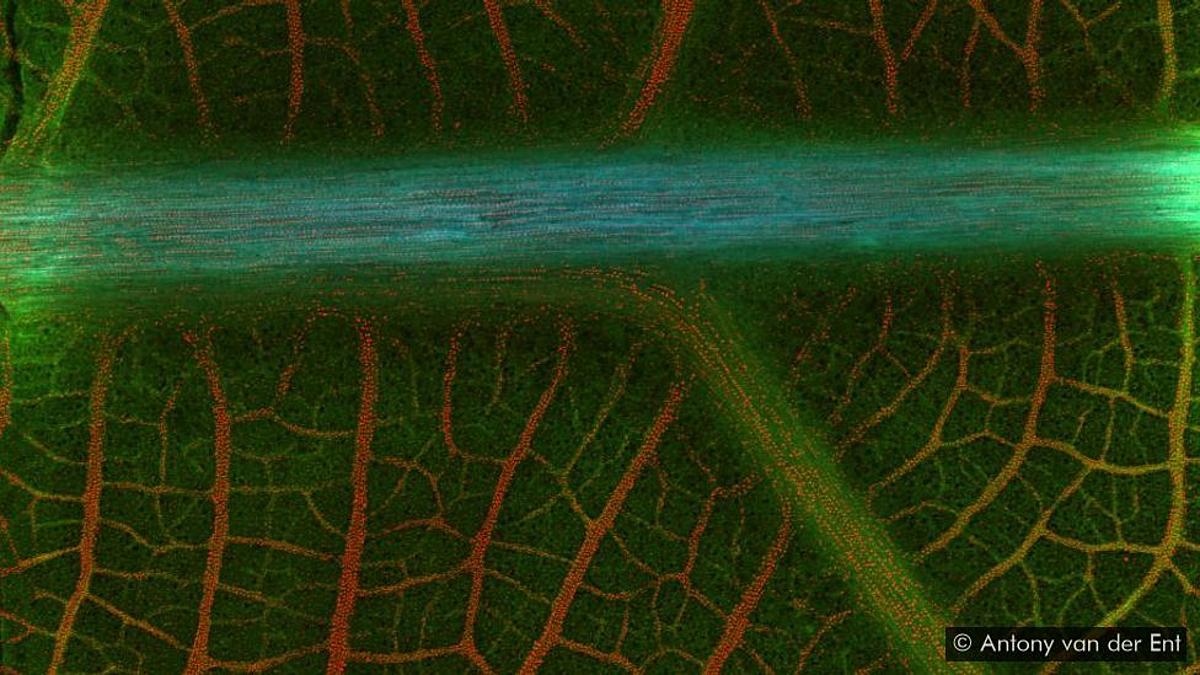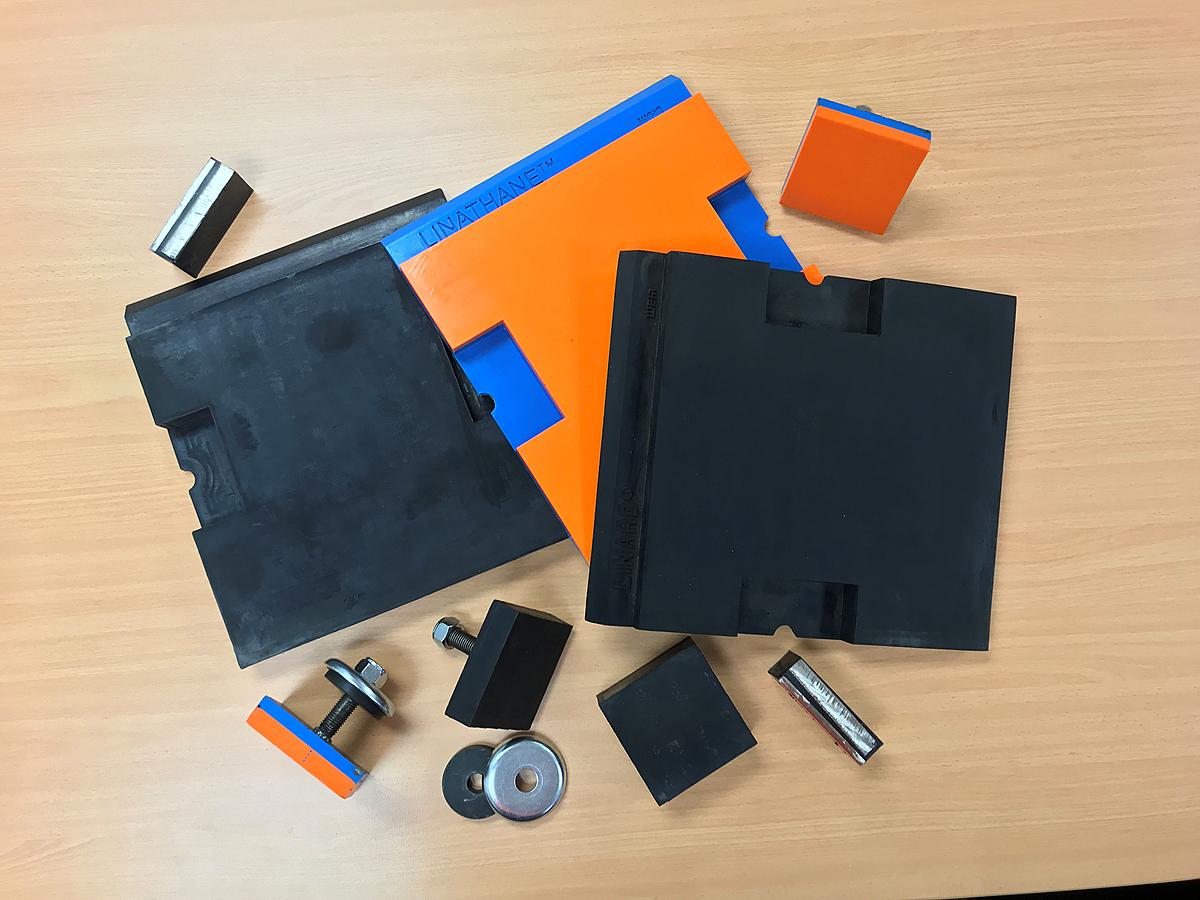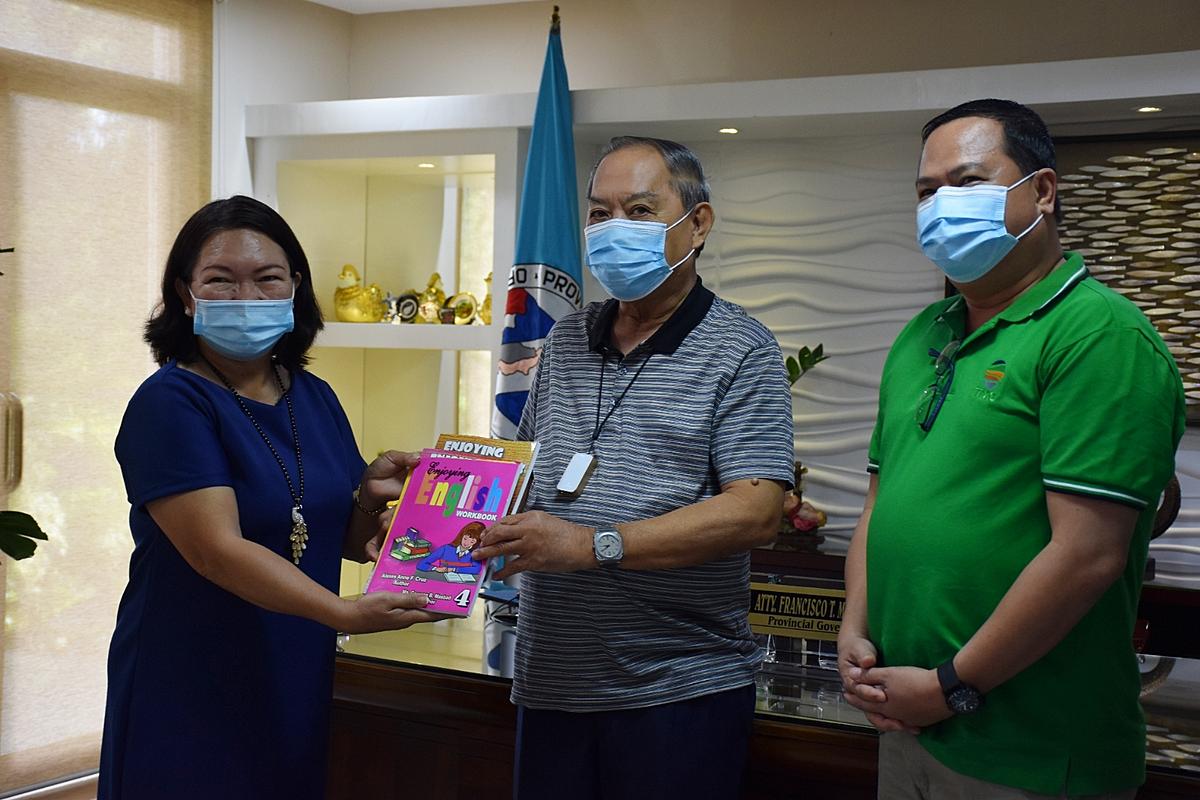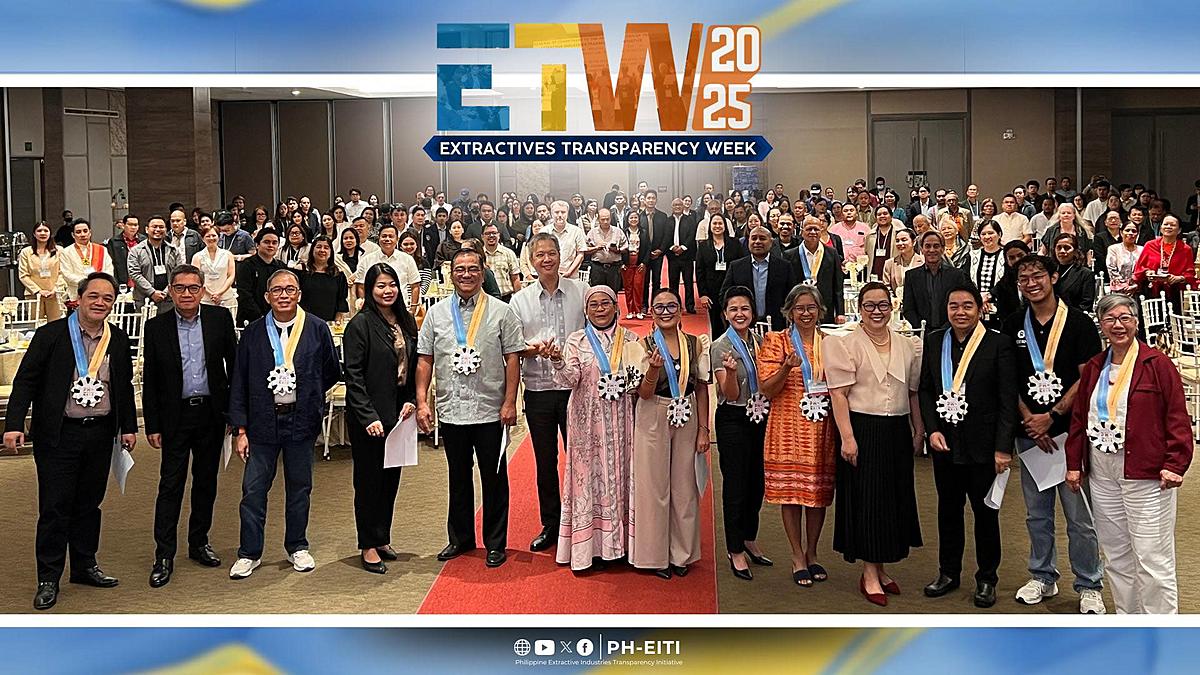“If the nickel within these rare plants could be tapped, it would provide a sustainable source of nickel for use in electric vehicle batteries.” (Credit: Antony van der Ent)
Science journalist, Dyna Rochmyaningsih, recently wrote a feature about three scientists who published their research about the existence of rare plants in Indonesia that “bleeds nickel”. Rochmyaningsih is a freelance journalist based in Deliserdang, North Sumatra. In her article “The rare plants that ‘bleed’ nickel”, published on “Future Planet” on BBC website, her introduction goes, “Rare and valuable plants that naturally ‘mine’ large quantities of nickel are thought to be hiding in Indonesia’s forests – but it is a race to discover them before they are wiped out.” [1]
While it is natural for certain plants to absorb some elements present in soil, this particular science report is noteworthy because it explores the existence of “super plants”, which are yet to be discovered.
A related study in the Philippines was reported a few years ago. A team of environmental scientists headed by Assistant Professor Rene Claveria of Ateneo De Manila University reported that a native fern Pteris melanocaulon has the ability to grow in soil despite high concentrations of metals. Thus, the plan is classified as a metallophyte. From their study in a copper-gold mining area, they discovered that the fern was able to accumulate copper and high levels of arsenic. Their discovery is a breakthrough and useful in helping the mining industry and the local government in the removal or prevention of soil contamination, making areas near and within mine sites suitable for other plants to grow. The study can also help prevent toxic elements from causing health problems to those living nearby. Their findings were published in international scientific journals such as International Journal of Phytoremediation in 2015 and Chemosphere in July 2019. [2]
Similarly in Indonesia, a team of researchers discovered some plants that can absorb high concentrations of nickel from soil. In 2004, a soil biologist and lecturer in Tadulako University in Central Sulawesi named Aiyen Tjoa visited Sorowako. Sorowako used to have a rich biodiversity of rare plants before it became the location of one of the largest nickel mining sites in the world.
However, by 2004 the area was cleared for mining and much of the green vegetation became barren soil and dusty roads [1]. There were some bushes and trees that survived the mining transformation. With that Tjoa was inspired to search and study those rare plants that adapted well in the nickel-rich environment. She noted that these could be “super plants” that have the ability to absorb high levels of nickel from the soil. If these plants can be “mined” as well, then this could be a new method of gathering nickel without destroying the ecosystem.
These plants are known as nickel hyper-accumulators and are rare plants that can accumulate at least 1000 micrograms of nickel per 1g of dried leaf. Although most plants need a little bit of heavy metals to activate some essential enzymes in their flower process, too much of these metals can kill most plants. Plants that are classified as hyper-accumulators are unusual and rare due to their ability to survive despite absorbing high amounts of metals. They store nickel in their shoots, leaves, roots and sap.
In Rochmyaningsih’s article in BBC, she noted, “Curiously, very few of these plants have been found in Indonesia, which is one of the most biodiverse regions in the world and also has the largest nickel deposit in the world – just where you might expect to find a nickel hyper-accumulator. Tjoa says that this is largely because very few people have spent the time looking.”
Finding these plants is difficult, according to Tjoa based on her experience in searching, where she funded her own explorations. She recounts that the process can be slow and frustrating.
Antony van der Ent also did studies and research about nickel hyper-accumulators. He is a plant ecophysiologist from the University of Queensland. He uses a white circle of detection paper to test for nickel. “The paper instantly turns pink when leaves are pressed against it. It’s foolproof, easy to do and fast,” he says. [1]
However, not all plants with nickel are hyper-accumulators. Further analysis is done to determine the level of nickel concentration a plant can tolerate. One technique is by using a hand-held device that shoots an X-ray beam at the sample, which reacts by emitting a specific amount of energy that is characteristic of nickel atoms. [1]
After four years of exploration, Tjoa eventually found two species of indigenous nickel hyper-accumulators in 2008, namely: Sarcotheca celebica and Knema matanensis which could store between 1,000 and 5,000 micrograms of nickel per 1g of dried leaf.
What is special about these two species is that they have shown fairly modest powers of hyperaccumulation. “We’re looking for plants that could accumulate at least 10,000 micrograms [per gram]. At that threshold, it becomes economically viable to cultivate the plant for mineral extraction – or ‘phytomining’”.
Another researcher, Satria Bijaksana, a professor of rock magnetism from Bandung Institute of Technology, used magnetism as a technique that could speed up the search for these hyper-accumulator plants. He was able to connect that since most hyper-accumulator plants have high amounts of metals that are magnetic, then using magnetism in detecting hyper-accumulators might help Tjoa’s and van der Ent’s research. With this new technique, they were able to conduct a successful experiment on 10 indigenous plants in Sulawesi and Halmahera in comparison with two hyper-accumulators (Alyssum murale and Alyssum corsicum). Findings show one of the native plants was high in both iron and nickel.
“No other country has a greater potential for phytomining than Indonesia,” said van der Ent.
“We think using magnetism could speed up the process because it only detects high concentrations of nickel,” says Bijaksana. He also said that using this technique results in fewer false positives.
The group published their study in May 2020 where they identified two further species of nickel-loving plants in Sulawesi.
The species Casearia halmaherensis and another that was a type of pepper, have the ability to accumulate 2,600-2,900 micrograms in 1g of dried leaf.
“While the research is still preliminary, Bijaksana hopes it could convince people to take phytomining seriously in Indonesia.” [1]
-----
Reference:
[1] Rochmyaningsih, Dyna (26 August 2020). “The rare plants that ‘bleed’ nickel”. Future Planet, BBC.
Retrieved from -
https://www.bbc.com/future/article/20200825-indonesia-the-plants-that-mine-poisonous-metals
[2]
https://www.ateneo.edu/ls/sose/environmental-science/news/features/ateneo-led-research-team-discovers-fern-absorbs-arsenic










